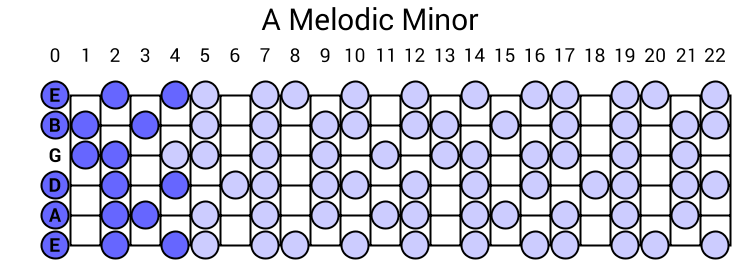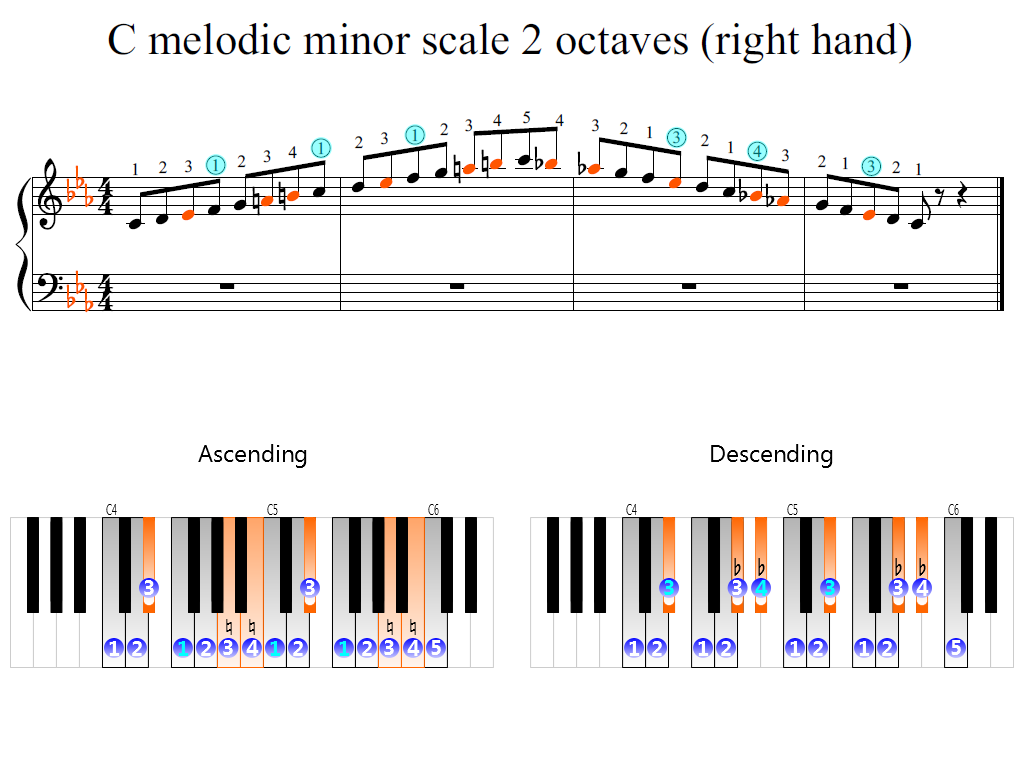

In other words, it was only melodic minor on the way up, and reverted to regular minor on the way down. The answer is an enthusiastic YES and in this video I show you how. In the traditional sense, melodic minor has an ascending form and a descending form, meaning that the notes in the scale changed based on whether you are. Traditionally the melodic minor was formed as a major scale with a flat 3 ascending, and a pure or natural minor descending. A student asks whether harmonic minor and melodic minor scales are included in IFR.

While the melodic minor is a very old scale, the scales here fall under the category sometimes known as the “Jazz melodic minor”, which is slightly different. For instance, D Dorian b9 would be the same as the second mode of the C Melodic Minor scale. Also referred to as the Aeolian mode, it contains the same intervals as the major scale, only it begins on what would be the sixth scale degree of a major scale. But remember the patterns are all derived from the first one. The natural minor scale has long been the go-to for writing melodies with a plaintive, somber character. Here, all of the modes of the melodic minor scale are presented as they would be if beginning from C. But that's okay, sometimes it just takes a long time. Depending on the distances in semitones between the chord tones, we have different chord qualities. It may take a long time to apply these to your playing. The cells in orange are the notes that belong to the A melodic minor scale (A, B, C, D, E, F, G) the cells in blue are the root and the thirds from that root: they are the tones in the chords. So learn all of the fingering patterns, and practice them all from the root of C, and also as a group of modes relative to each other. These scales can give you some new sounds that you've never encountered before. We're going to play all of these modes with a root of C, but it's a great idea to practice them as modes of each other for instance, F melodic minor, G Dorian flat nine, and the like.

In real music we may find the raised degrees ascending and descending.We're going to talk about the melodic minor and its various modes. In traditional music theory the melodic minor scale is presented with the raised VI and VII degrees when the scale is ascending while descending without the accidentals: Therefore, it is referred to as the melodic minor scale: The main purpose of this accidental is to facilitate the melodic movement from degree sixth to the seventh degree, avoiding the augmented second that is formed in the harmonic minor scale. The resulting scale is called the melodic minor scale. Raising that note forms the dominant chord or dominant seventh chord on the fifth degree of the scale:īesides raising the seventh degree, the sixth degree may also be altered. In this scale we simply change the sixth and seventh notes to a major, giving us C, D, Eb, F, G, A, B. The resulting scale is referred to as harmonic minor scale because the raising of seventh degree is often harmonically motivated. The seventh degree of a minor scale is very often raised. Half-steps are found between degrees two and three and between fifth and sixth. In the natural minor scale, all notes appear with the same accidentals as in its relative major. Those variants differ in the manner degrees sixth and seventh are altered. However, it has three variants: the natural minor, the harmonic minor, and the melodic minor. Just like the major scale, the minor scale has seven notes.


 0 kommentar(er)
0 kommentar(er)
